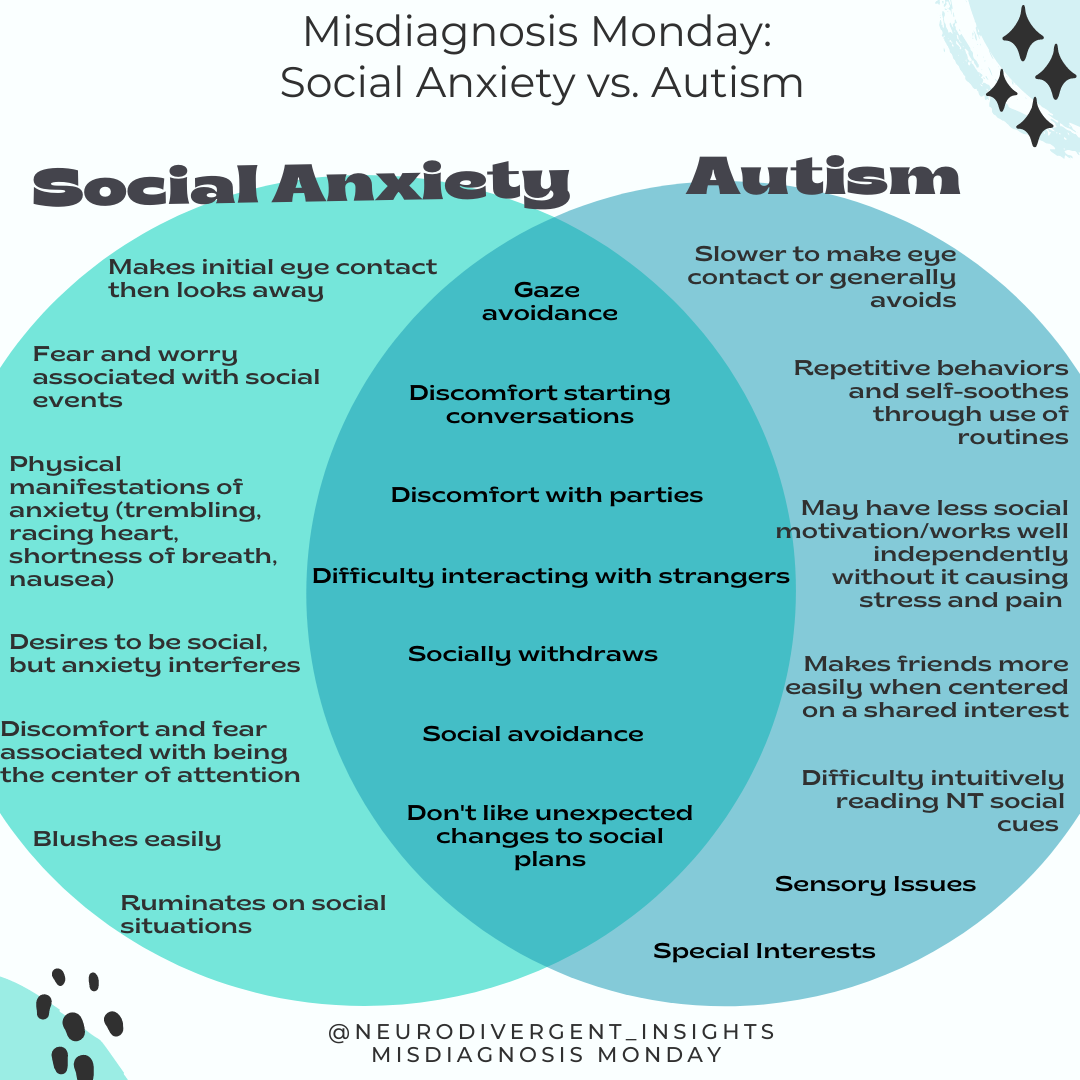Anxiety is a subjective state of fear, apprehension, or tension. In the face of a naturally fearful, stressful, or threatening situation, anxiety is a normal and understandable reaction. When anxiety occurs without obvious provocation or is excessive, however, anxiety may be said to be abnormal or pathological (existing in a disease state).
Normal anxiety is useful because it provides an alerting signal and improves physical and mental performance.
Excessive anxiety results in a deterioration in performance and in emotional and physical discomfort.

Obsessive-compulsive disorder (OCD) is a disorder characterized by persistent intrusive and uncontrollable thoughts and the subsequent need to perform specific behaviors repeatedly. The presence of obsessions or compulsions must be time-consuming, cause distress or impairment, and be recognized as excessive or unreasonable by the person with OCD.
The obsessions and compulsions must not be caused by medication, drug abuse, or another medical condition. Obsessive-compulsive behavior is highly distressing because it feels as if one’s behavior or thoughts are no longer voluntarily controlled. The more frequently these uncontrolled alien and perhaps unacceptable thoughts or actions are performed, the more distress is induced.
An individual with OCD may at various times have either obsessions (which are thought-related) or compulsions (which are action-related), or both.
Panic disorder is a condition characterized by frequent panic attacks—that is, intense surges of anxiety. These attacks of anxiety often occur unexpectedly or “out of the blue”; the individual frequently is unable to identify an external trigger for them.
Between attacks, the patient often ruminates about the possibility of additional attacks. Panic attacks tend to be accompanied by a number of physical symptoms.
Hyperventilation—overly rapid or deep breathing—is common, as are choking and smothering sensations, dizziness, faintness, and paresthesias—sensations of numbness and tingling, particularly in the extremities.
Other common symptoms during panic attacks are sweating, trembling, nausea, abdominal distress, hot or cold flashes, accelerated heart rate, chest pain, and heart palpitations. Not surprisingly, many individuals who are having a panic attack believe that they are experiencing a heart attack.
